
Bull-headed Shrike
Bull-headed Shrike
Bull-headed Shrike
Have you heard of the bird called 'Bull-headed Shrike'? It is a familiar bird that some of you may have seen or heard, but it is becoming less common in urban areas. The habits and calls of the Bull-headed Shrike are somewhat unique and characteristic. Let's introduce the Bull-headed Shrike.
Bull-headed Shrike Basic Infomation
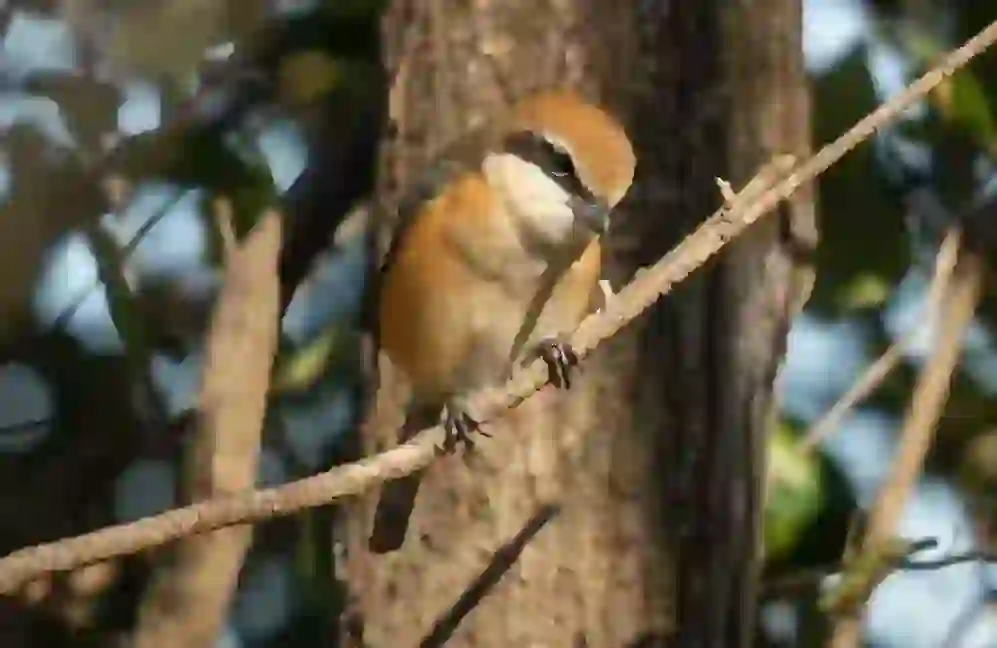
Basic Information
Class: Aves Order: Passeriformes Family: Laniidae Genus: Lanius Body Length: 19-20cm The Bull-headed Shrike is found in eastern and southern China, the Korean Peninsula, southeastern Russia, Ussuri, Sakhalin, and Japan. In Japan, they are seen nationwide. In colder regions abroad, they migrate to survive the winter, but in Japan, most are resident birds, living in the same place year-round. However, Bull-headed Shrikes in Hokkaido and Tohoku move to warmer places in winter, while those in Okinawa move to cooler places in summer. They adjust to the temperature changes by moving seasonally. Despite their small body, Bull-headed Shrikes have a relatively large head, bluish-gray back, brown belly, and orange sides. Males have an orange head with a thick black line around the eyes, while females have a brown head without the black line. They have long tails that they often spin in circles when perched. Although they look cute with their small body and charming face, they have a thick, hooked beak similar to that of a hawk, making them dangerous if approached closely.
Bull-headed Shrike Q&A

What is the Origin of the Name Bull-headed Shrike?
The Bull-headed Shrike is written as '百舌' or '百舌鳥' in kanji, meaning 'hundred tongues' bird. This is because they make various sounds, sometimes mimicking other birds and animals, earning them the name 'bird with a hundred tongues.' The character '百' (hundred) can also be read as 'momo,' which matches the 'mo' in 'mozu,' while '舌' (tongue) can be read as 'zu.' Bird names often have the suffix 'zu' or 'su,' indicating a bird, similar to 'karasu' (crow). Hence, 'zu' in 'mozu' represents a bird. Originally, the kanji '百舌' was read as 'mozu,' but it was unclear what it represented, so '鳥' (bird) was added for clarity. The kanji reflects their ability to make various sounds. Another kanji, '鵙,' combines '貝' (shell) and '犬' (dog), symbolizing a bird that moves its eyes around to catch prey, like a dog. However, since many animals move their eyes while hunting, this kanji specifically represents the Bull-headed Shrike.
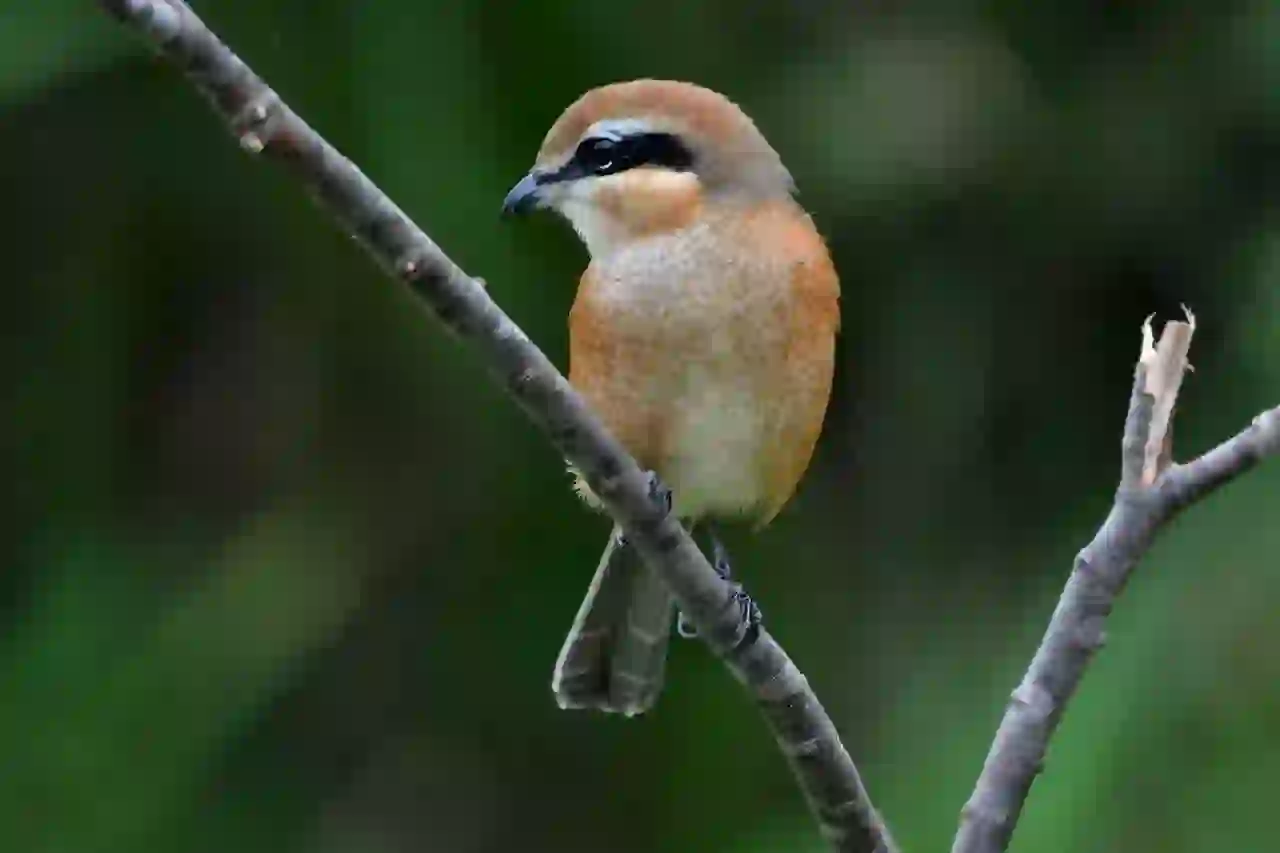
Why Do Bull-headed Shrikes Live Where They Do?
Bull-headed Shrikes live in green forests, grasslands, farmlands, riverbanks, and residential areas, preferring open spaces. During the breeding season, they live with their mate or family, but outside of this season, they are solitary. In autumn, they establish territories through a behavior called 'takemaki,' which involves making loud calls. This helps them secure a territory to spend the winter comfortably. Bull-headed Shrikes can be seen in residential areas with open spaces, but in urban centers, lack of open areas and food has reduced their presence.
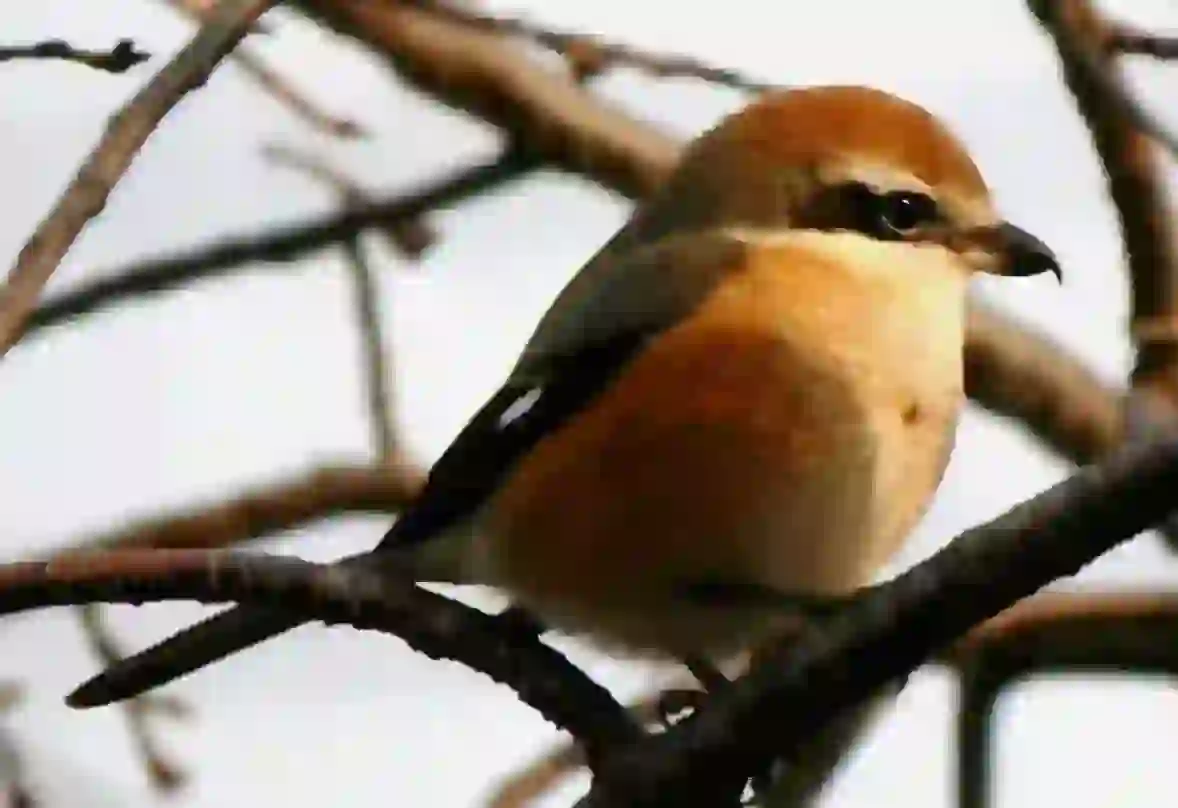
What Do Bull-headed Shrikes Eat?
As mentioned earlier, Bull-headed Shrikes have sharp beaks similar to hawks. They use these beaks to catch insects, spiders, moths, bees, earthworms, lizards, and small animals like moles, mice, and even small birds like sparrows. They are carnivorous, and despite their small size, they are quite strong in the bird world due to their hawk-like beaks. Bull-headed Shrikes hunt by perching on high places like trees to spot prey. Once they find their target, they fly down to catch it and return to the perch to eat. They also exhibit a unique behavior known as 'hayanie' or 'mozu no hayanie.' This involves impaling their prey on sharp objects like hedges or barbed wire and leaving it there. This behavior is thought to be an offering to the gods, hence the name 'hayanie.' The sight of it can be quite shocking if you are unaware of the behavior.
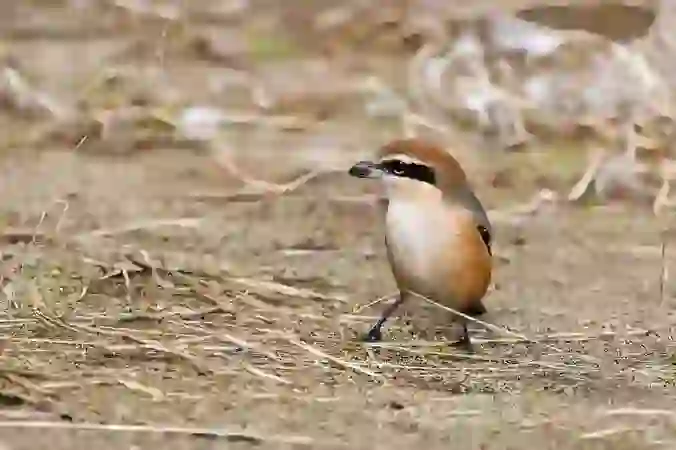
How Do Bull-headed Shrikes Reproduce?
The breeding season for Bull-headed Shrikes is from February to August, starting earlier than many other birds. As mentioned in 'What is the Origin of the Name Bull-headed Shrike?', they produce various calls to attract females. Once a pair forms, the male and female build a nest together using branches in trees or shrubs. The female lays 4-6 eggs, which she incubates. Interestingly, other birds' eggs may be found in their nest. This is due to 'cuckoos,' which lay their eggs in other birds' nests for them to incubate and raise. Bull-headed Shrikes unknowingly incubate and raise these foreign eggs along with their own. The eggs hatch after 14-16 days, and the chicks fledge in about 14 days. However, the wild environment is unpredictable, and despite laying many eggs, predators like foxes, snakes, and crows sometimes eat the eggs before they hatch. Even though they have strong beaks, their small size makes them vulnerable to many predators.
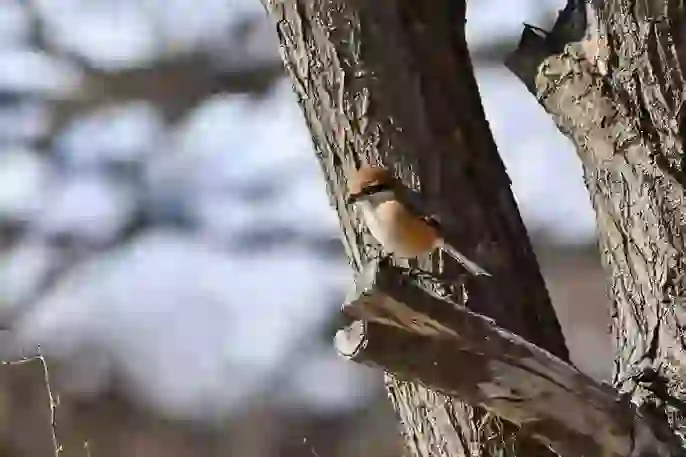
What is Bull-headed Shrike's 'Takemaki'?
As mentioned in 'Why Do Bull-headed Shrikes Live Where They Do?', Bull-headed Shrikes perform 'takemaki' from autumn to November. This behavior involves making high-pitched calls like 'kichikichi,' 'gichigichi,' 'jun-jun,' 'gyungyun,' 'ki-ki,' 'ki-ki,' and 'kiri-kiri.' These calls help them establish territories. Since Bull-headed Shrikes are carnivorous and food becomes scarce in winter, they secure territories to ensure enough food. They are solitary outside of the breeding season, and both males and females participate in 'takemaki,' even fighting off their former mates or offspring to protect their territory. 'Takemaki' is also known as 'Mozu no takemaki nanaju-go nichi,' meaning that frost appears 75 days after hearing the call. Farmers sometimes use this call to time their agricultural activities. Bull-headed Shrikes fight for survival and food, regardless of relationships.
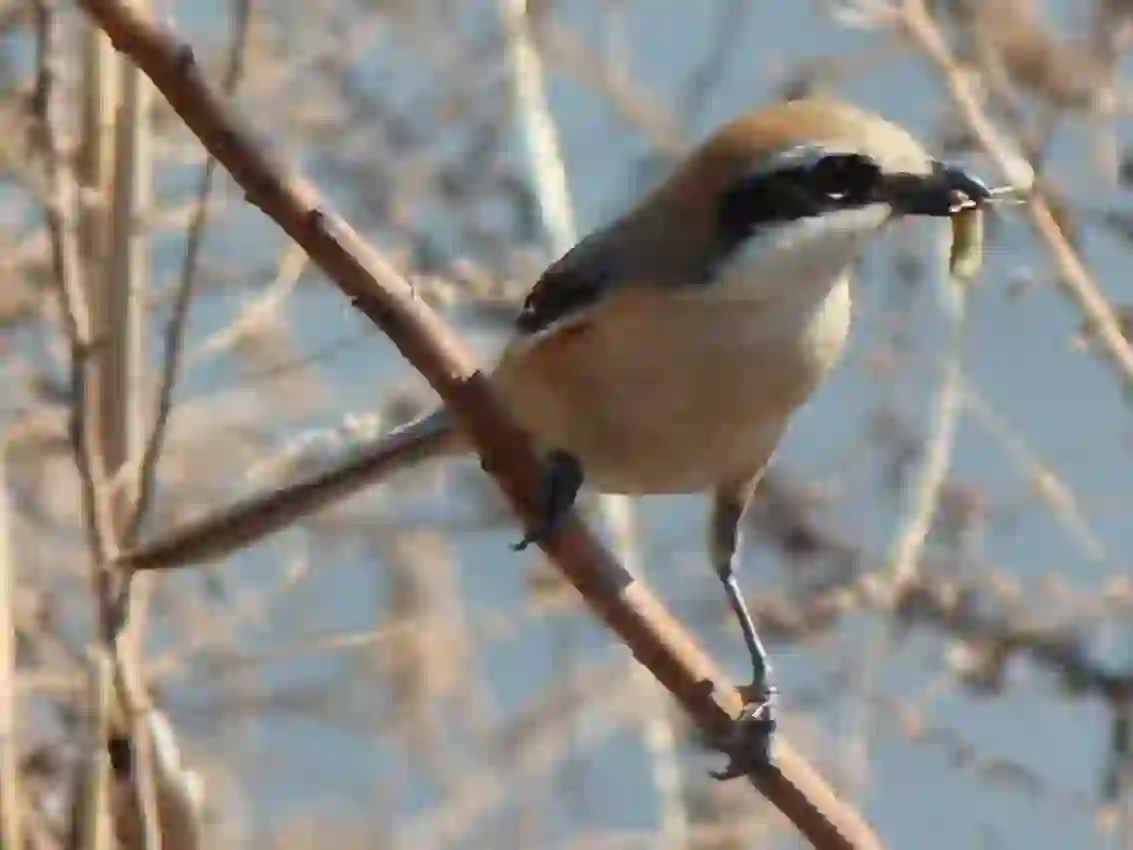
Can Bull-headed Shrikes Mimic Sounds?
During the breeding season, male Bull-headed Shrikes sing to attract females by mimicking other birds. Females are impressed by males that produce complex and varied calls. Males mimic birds like Japanese white-eyes, bulbuls, cuckoos, bush warblers, and even horses' neighing. They combine these sounds into short sequences, averaging seven different calls per second, with some producing up to ten. Males that can mimic quickly and accurately are more attractive to females, showcasing their health and vitality.
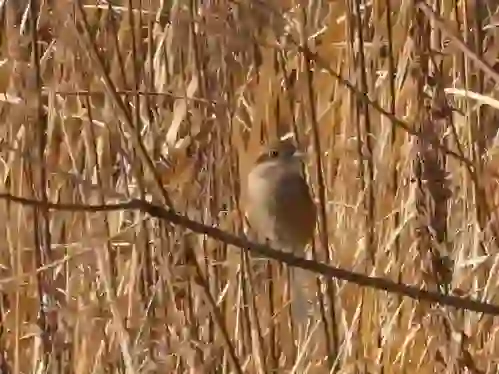
What is 'Mozu no Hayanie'?
As mentioned earlier, Bull-headed Shrikes impale their prey on sharp objects like hedges or barbed wire. This behavior, known as 'Mozu no hayanie,' is not a ritual but has practical reasons. 'Hayanie' increases from autumn to winter. Similar to 'takemaki,' it helps them store food for the scarce winter months. Maintaining health is crucial for survival and attracting mates through complex calls. There are other theories about 'hayanie,' though unproven. One suggests it makes food easier to eat, as Bull-headed Shrikes have weak leg muscles and can't hold prey with their feet. Another theory is that it's a natural instinct to capture prey and store it, eating only when hungry. While 'hayanie' might seem like a ritual, it's a necessary behavior for survival and reproduction.
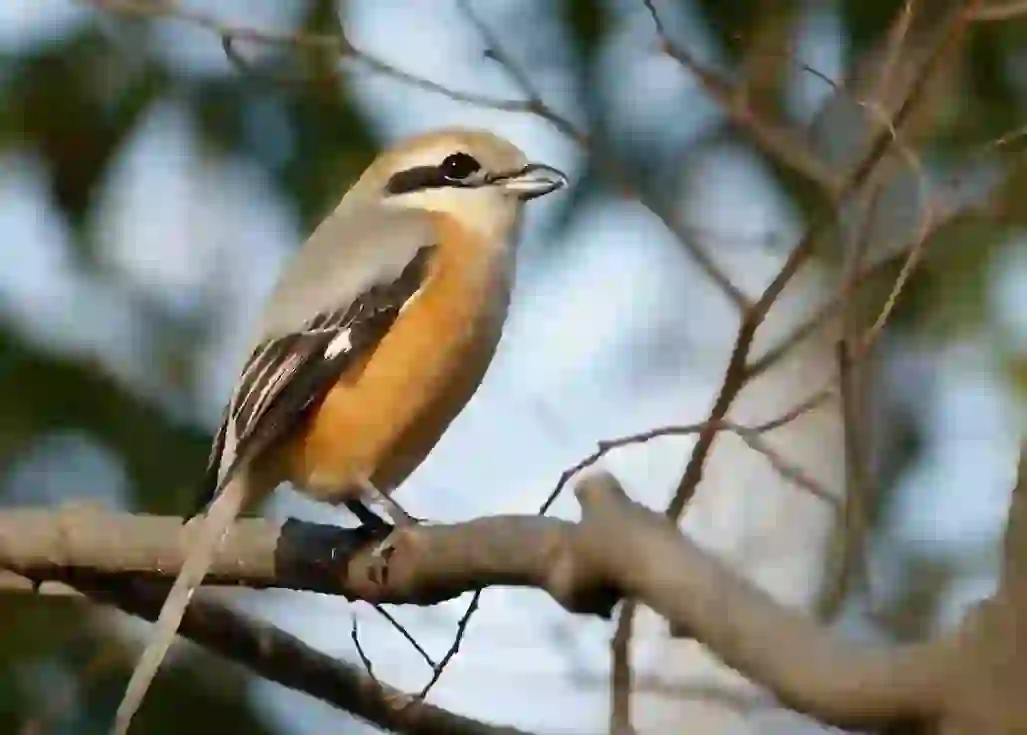
Is It True That Bull-headed Shrikes Appear in Art and Sayings?
Bull-headed Shrikes, known for their distinctive calls and frequent sightings, have been familiar to humans for a long time. They appear in art, stories, and sayings. The most famous artwork is 'Kobokumeigekizu' by Miyamoto Musashi, depicting a Bull-headed Shrike on a tree. In Sakai, Osaka, 'Mozu no mimihara,' the site of Emperor Nintoku's tomb, is named after a legend where a Bull-headed Shrike saved the emperor from a deer attack. Sakai's bird is the Bull-headed Shrike, and characters like 'Mozuyan' and 'Moppy' are based on it. The term 'Mozu-kanjou' comes from a story where a Bull-headed Shrike tricked a snipe and dove into paying for a purchase, showcasing its cleverness. While some cultures view Bull-headed Shrikes positively, others see them as ominous. In the Edo period, their calls were said to precede death, and in Germany and England, they were feared as 'angel of death' and 'butcher bird,' respectively. Despite these mixed views, Bull-headed Shrikes have lived close to humans for a long time.
_optimized.webp?alt=media)
Are Bull-headed Shrikes an Endangered Species?
While the overall population of Bull-headed Shrikes is not at risk of extinction, their numbers are declining in some areas. In urban centers like Tokyo, they are designated as endangered or near-threatened in different districts, and they are listed as a declining species in Kanagawa Prefecture. The various designations reflect their decreasing numbers and the need for conservation. Other regions and species are also designated as endangered: - Brown Shrike: Endangered - Red-backed Shrike: Listed as a species of concern in Kumamoto Prefecture and important due to distribution characteristics in Kagoshima Prefecture - Tiger Shrike: Critically endangered Efforts to create environments where Bull-headed Shrikes can thrive are necessary.

Would you like to become a part of the 'Animalbook.jp'?
Turn your knowledge into Q&A and share it with the world. ※Publication will be activated after purchase. Let's share information together!
Bull-headed Shrike Type of List
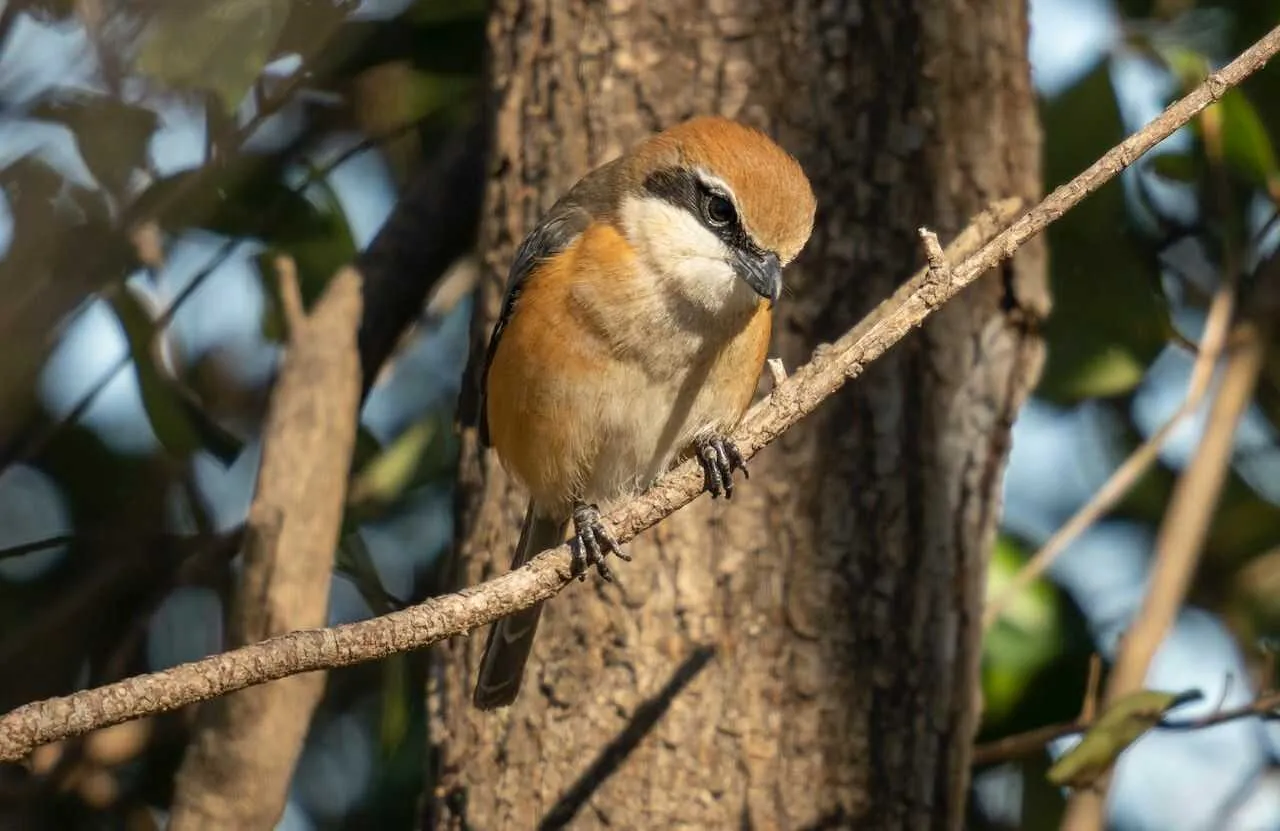
・Tiger Shrike ・Brown Shrike ・Bull-headed Shrike ・Red-backed Shrike ・Lesser Grey Shrike ・Southern Grey Shrike ・Loggerhead Shrike ・Great Grey Shrike ・Masked Shrike ・Long-tailed Shrike ・Rufous-tailed Shrike ・Woodchat Shrike
Information
Congratulations! You are the first commenter!

Create Your Favorite List!
Bull-headed Shrike
Save the animals you love! Build your own list to quickly revisit your favorites later.

Would you like to leave a comment?
※Please note: This is for the purchase of rights to post comments within the article.
Find Your Favorites!
Our shop offers a unique and attractive selection of goods themed around various animals.
Bull-headed Shrike References

Bull-headed Shrike Introduction of media used

出典:https://www.pexels.com/ja-jp/photo/15346186/

出典:https://pixabay.com/ja/photos/野生動物-鳥-自然-屋外で-3262980/

出典:https://commons.wikimedia.org/wiki/File:Lanius_bucephalus.JPG

出典:https://pixabay.com/ja/photos/鳥-モズ-動物-野生動物-6921636/

出典:https://pixabay.com/ja/photos/鳥-モズ-鳥類学-種族-6900923/

other
出典:https://commons.wikimedia.org/wiki/File:Tadeiyama_Kofun_haisho.JPG
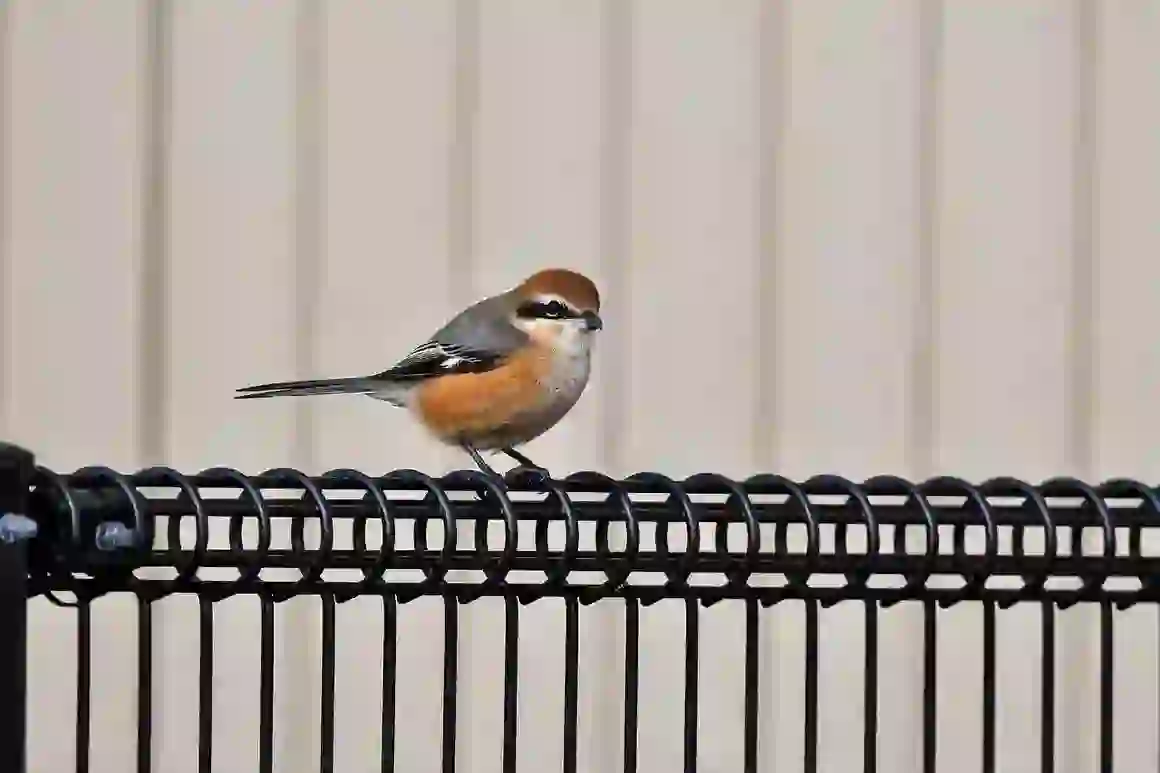
出典:https://pixabay.com/ja/photos/鳥-モズ-動物-野生動物-6921634/

Help Enrich Our Animalbook.jp with Your Media!
We are constantly looking to expand and enrich our Animalbook.jp with amazing photos and videos of animals. If you have any media that you'd like to share, please contribute and help us showcase the beauty and diversity of the animal kingdom. Your submissions will be credited and featured in our encyclopedia, reaching a wide audience of animal lovers.



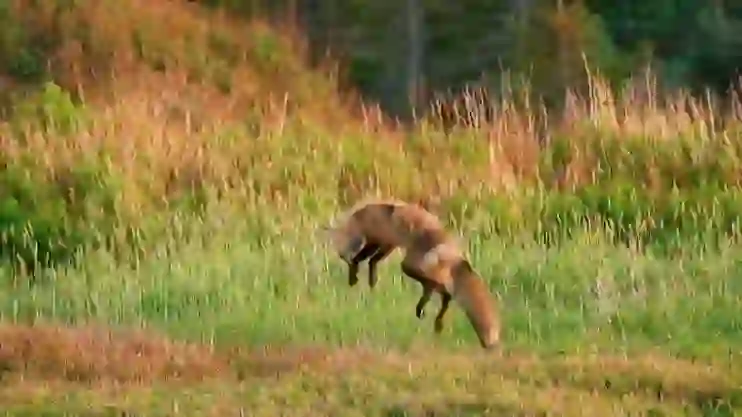

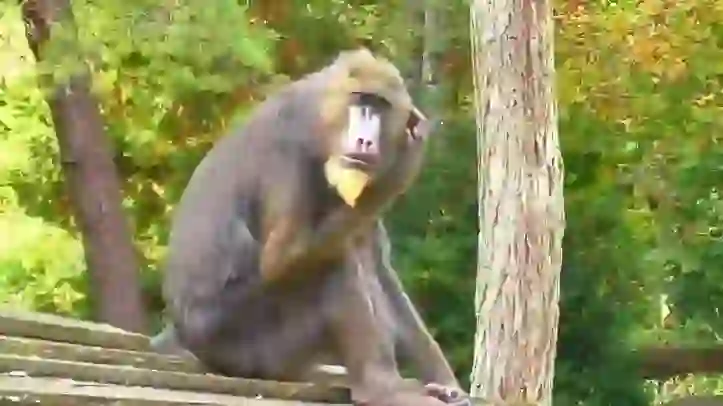


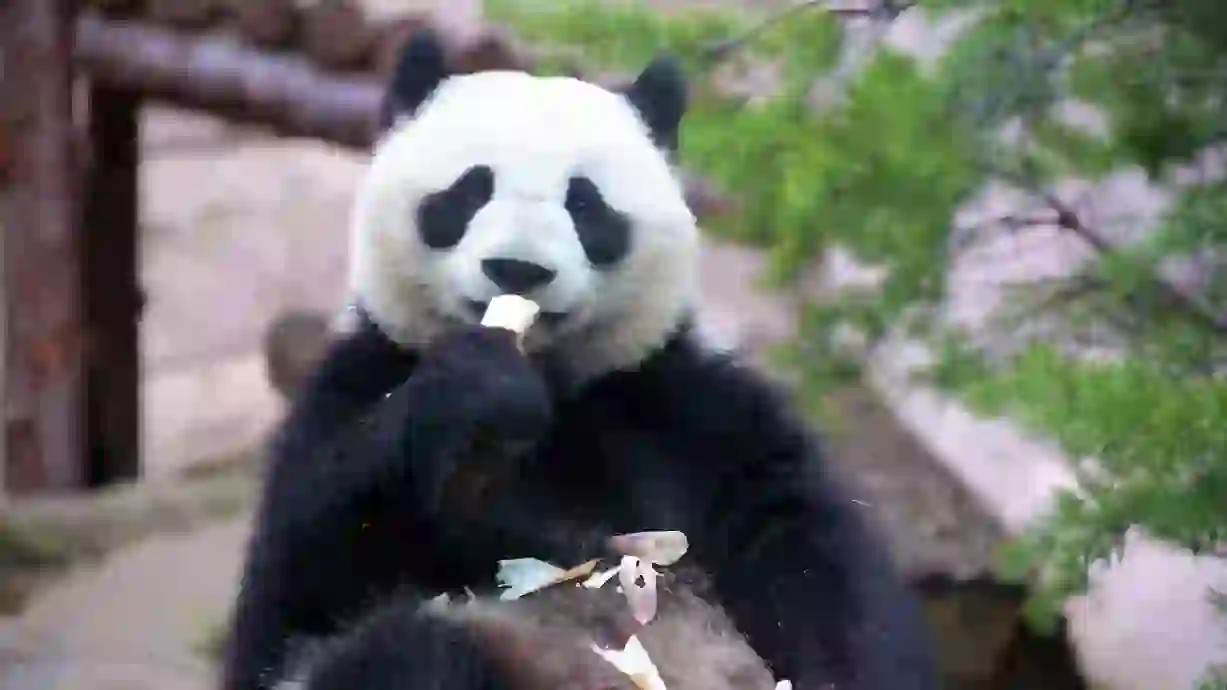
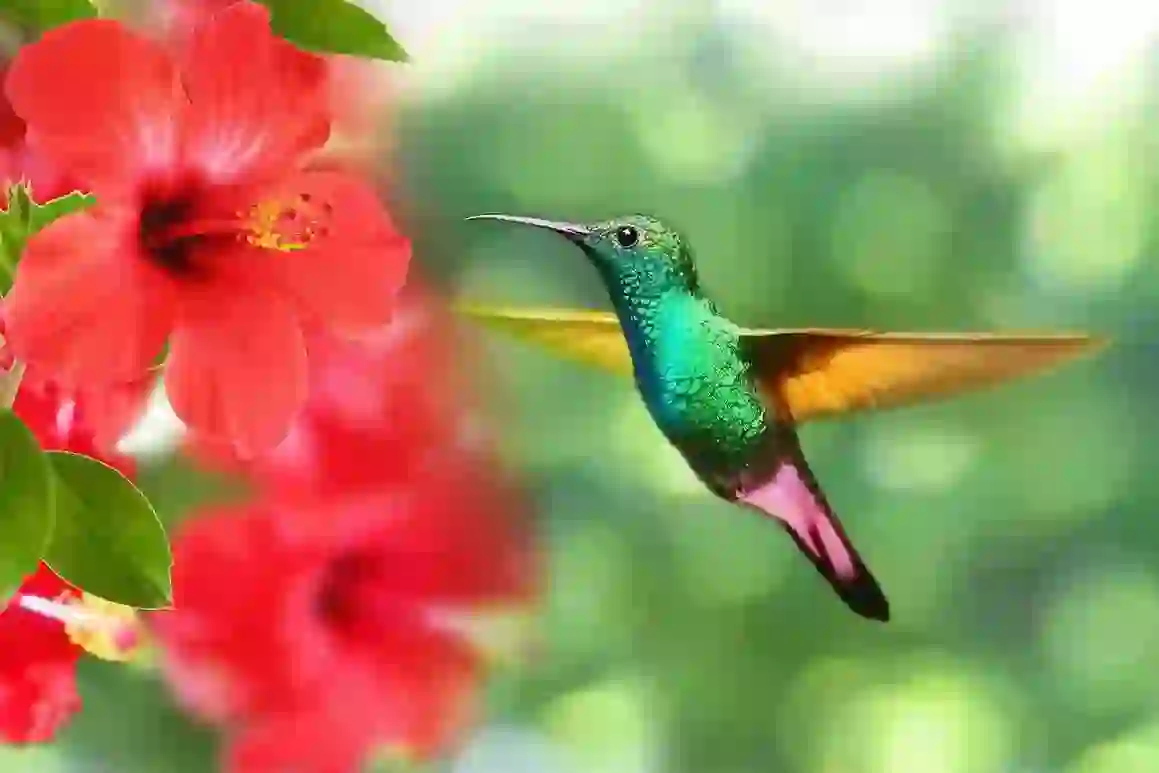

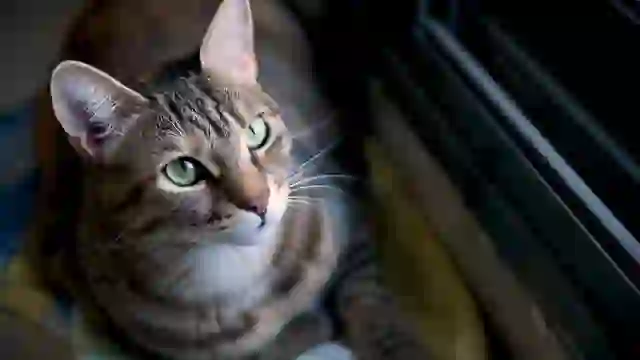


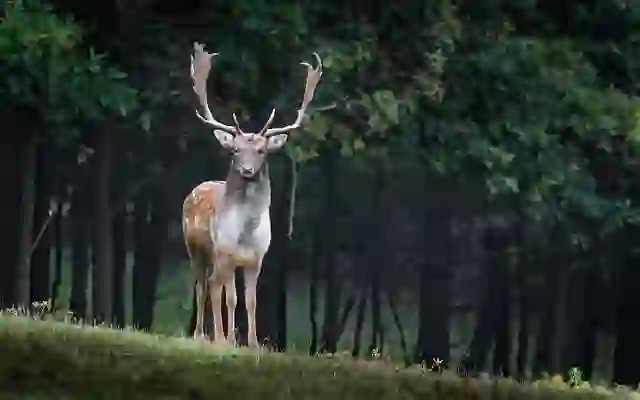

_optimized.webp?alt=media)


